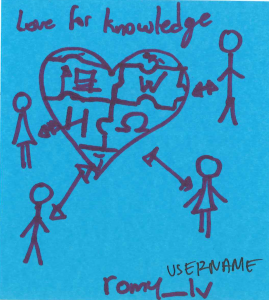
When it comes to tradeshows, the floor is your stage, and how you present your business can make all the difference. Whether you’re an exhibitor or a visitor, the Tradeshow floor is where connections are made, new products are showcased, and lasting impressions are formed. To ensure you stand out and get the most out of your tradeshow experience, it’s important to understand the best strategies for engaging with attendees, optimizing your booth, and making a memorable impact.
1. Design an Inviting and Eye-Catching Booth
The first thing attendees will notice is your booth. A cluttered or uninspiring display can make visitors pass by without a second glance. To create a booth that attracts attention, make sure it:
- Represents your brand: Your booth should reflect your company’s identity through color, graphics, and design elements.
- Is visually striking: Use bold visuals, banners, and lighting to draw people in from a distance.
- Offers space to interact: A well-designed booth encourages engagement, whether it’s through hands-on demos, product displays, or interactive screens.
- Has clear messaging: Make sure your value proposition is instantly recognizable. What makes your company stand out?
2. Engage Visitors with Interactive Experiences
A tradeshow is not just a place to passively showcase products, but an opportunity to engage potential customers and partners. Consider:
- Live demonstrations: People love to see how products work in real-time. Live demos help to build trust and interest.
- Interactive tech: Touchscreens, AR/VR setups, or apps can engage visitors in unique ways, allowing them to interact with your product or service.
- Contests or giveaways: Everyone loves a freebie! Offering a contest or giveaway can be a great way to get visitors to stop by and learn more about your brand.
3. Train Your Team to Make Connections
Your staff is the face of your brand on the tradeshow floor. Their attitude and approach can make or break your success at the event.
- Know your products inside out: Attendees will ask questions, and your team should be prepared to answer with expertise and enthusiasm.
- Be approachable and engaging: Avoid having a staff that’s too engrossed in their phones or computers. Be sure your team is actively engaging with visitors, smiling, and ready to discuss what makes your product or service valuable.
- Develop an elevator pitch: Have a short, compelling pitch that explains what your company offers and why visitors should care.
4. Promote Networking Opportunities
Tradeshows provide a unique opportunity to network with other businesses, potential clients, and industry leaders.
- Host a meet-up or happy hour: If the event allows, hosting a small gathering at your booth or elsewhere can encourage deeper connections with potential partners.
- Utilize social media: Before and during the tradeshow, use social media platforms to promote your booth, connect with attendees, and keep the conversation going.
- Collect contact information: Be sure to have a system for collecting business cards, emails, or scanning badges. Consider offering something valuable in exchange, like a free consultation or access to exclusive content.
5. Follow Up After the Event
The tradeshow floor is just the beginning of your relationship with potential leads and customers. After the event:
- Follow up promptly: Within 48 hours, send a personalized email to everyone you met. Thank them for stopping by your booth and offer to continue the conversation.
- Offer additional resources: Share links to more information about your products or services, or invite them to a webinar or demo.
- Stay top of mind: Keep the communication going through newsletters, social media, or other channels to nurture the connection over time.
6. Measure Success and Learn for the Future
Once the tradeshow is over, it’s time to assess your performance:
- Track leads: Keep detailed notes on the leads you collected and how they convert after the event.
- Evaluate your ROI: Consider factors like new contacts made, sales opportunities, brand exposure, and overall engagement.
- Analyze what worked and what didn’t: After each tradeshow, evaluate what strategies were successful and which areas could be improved for next time.




